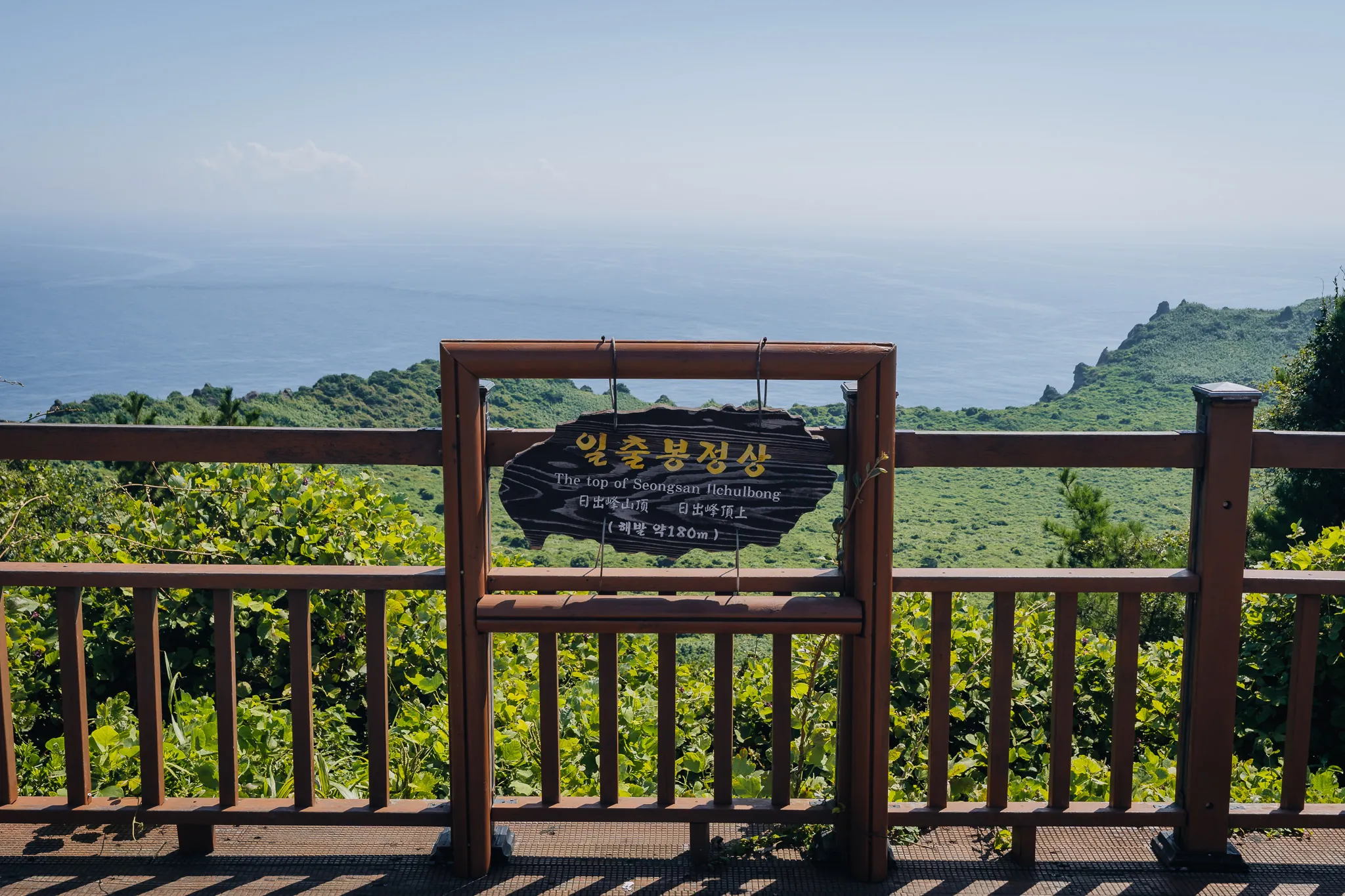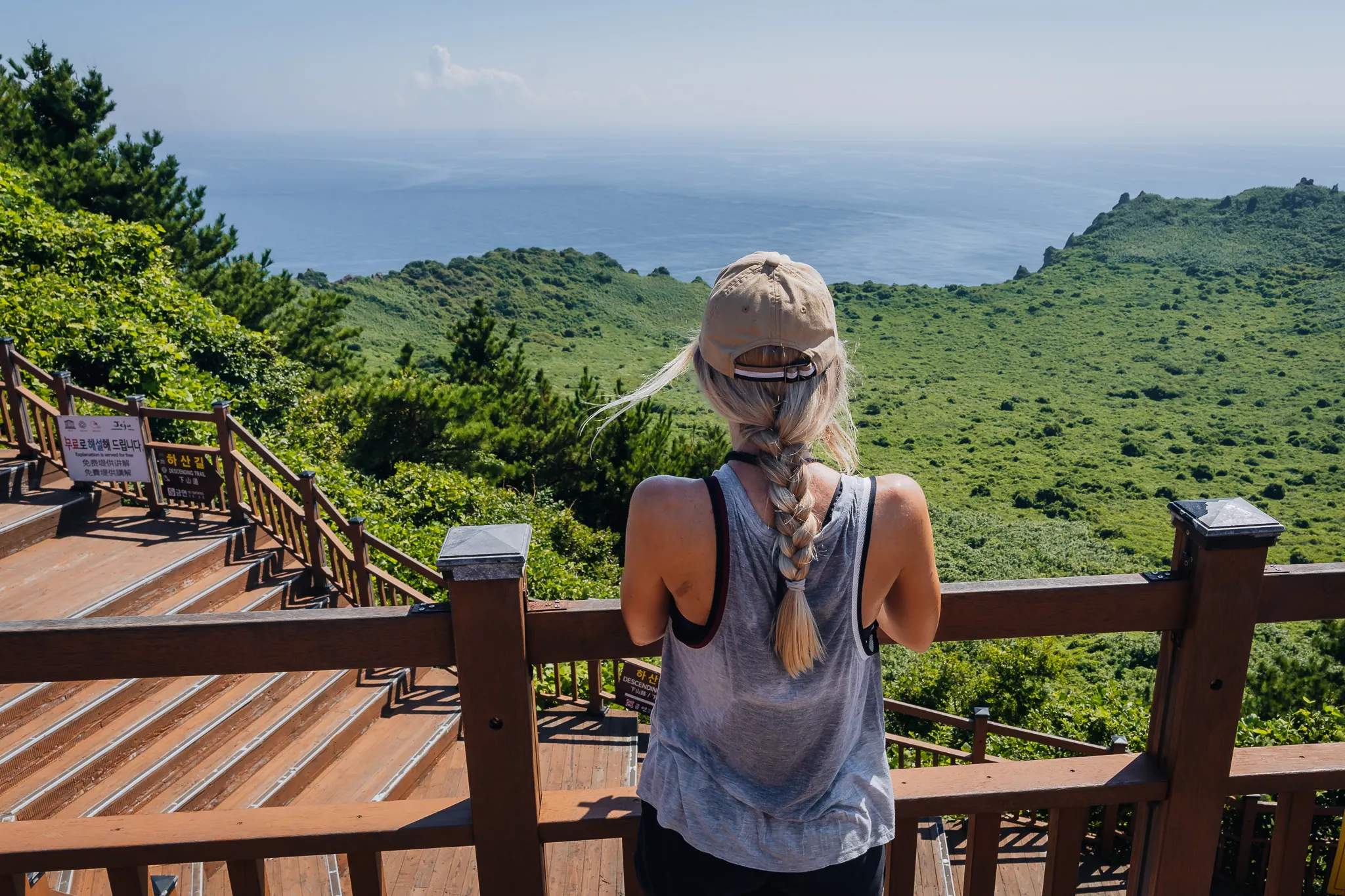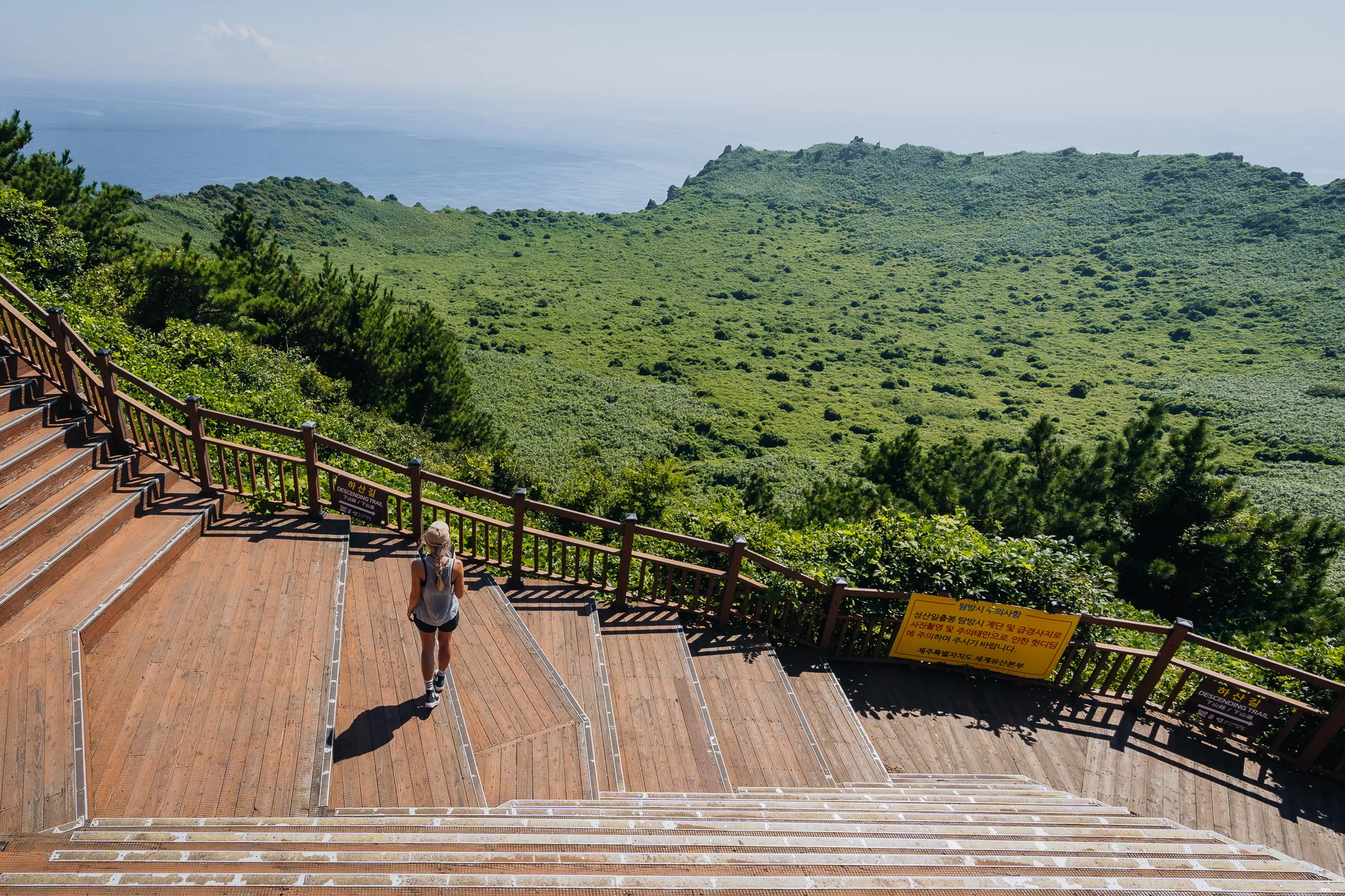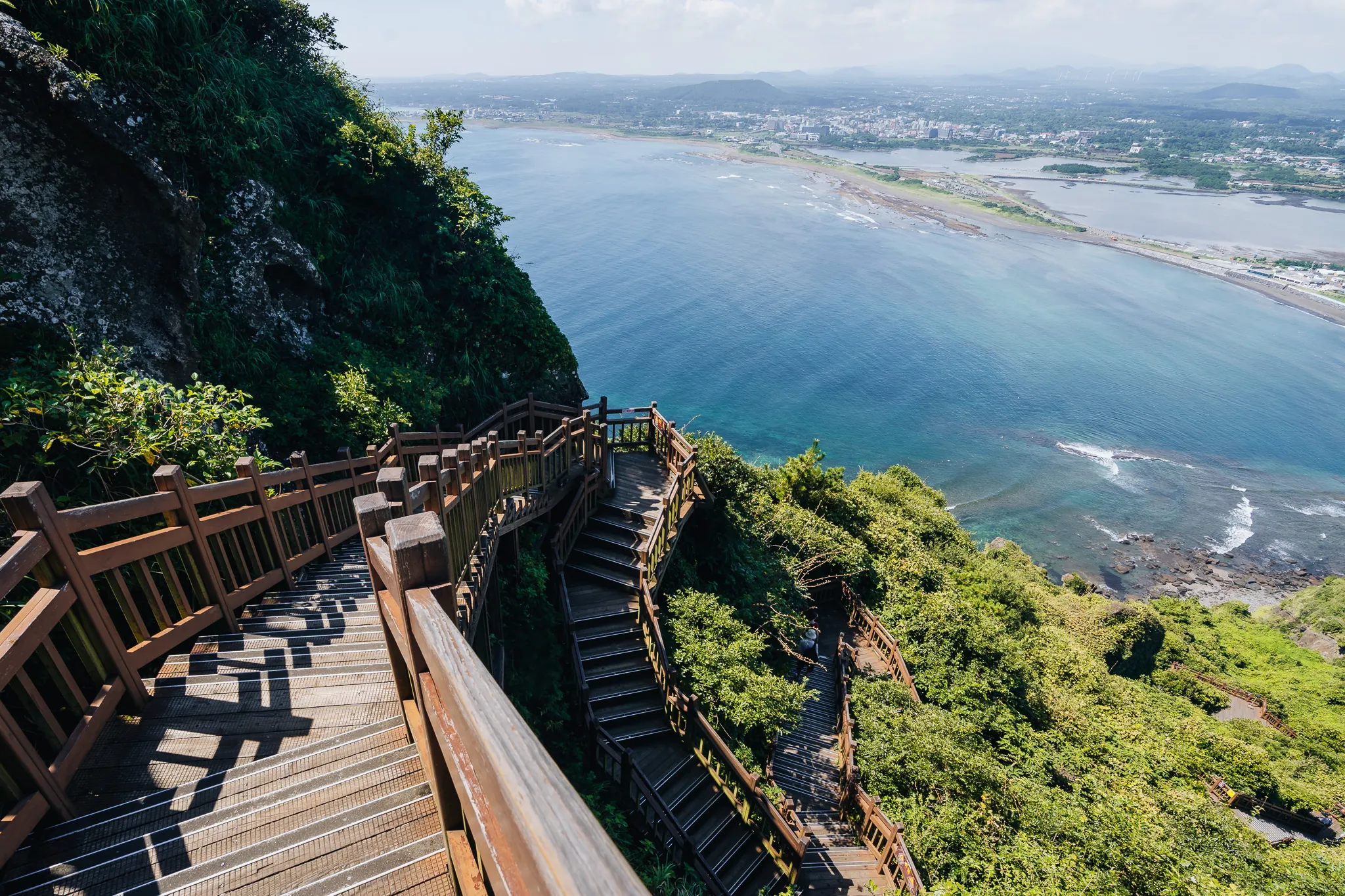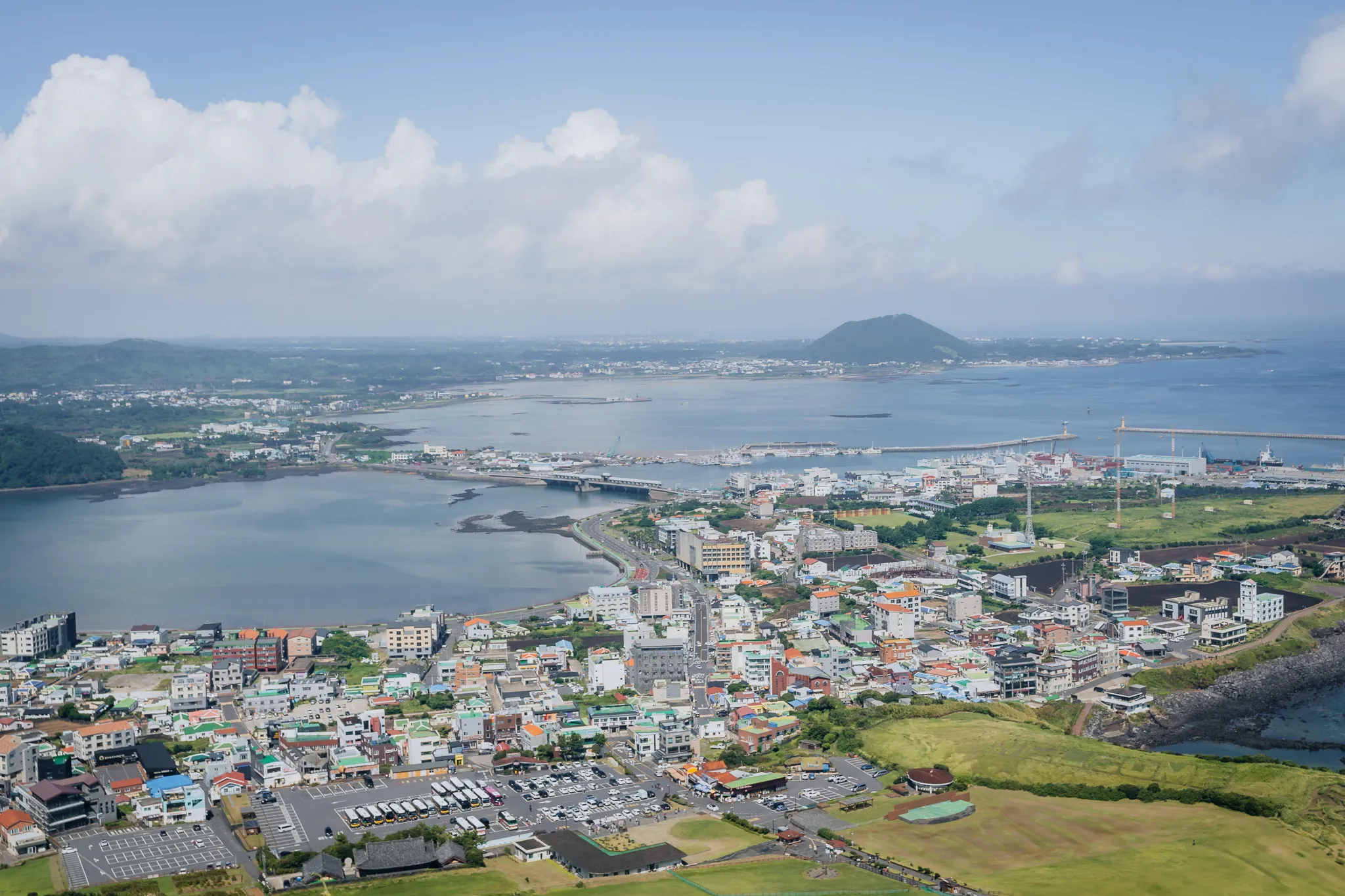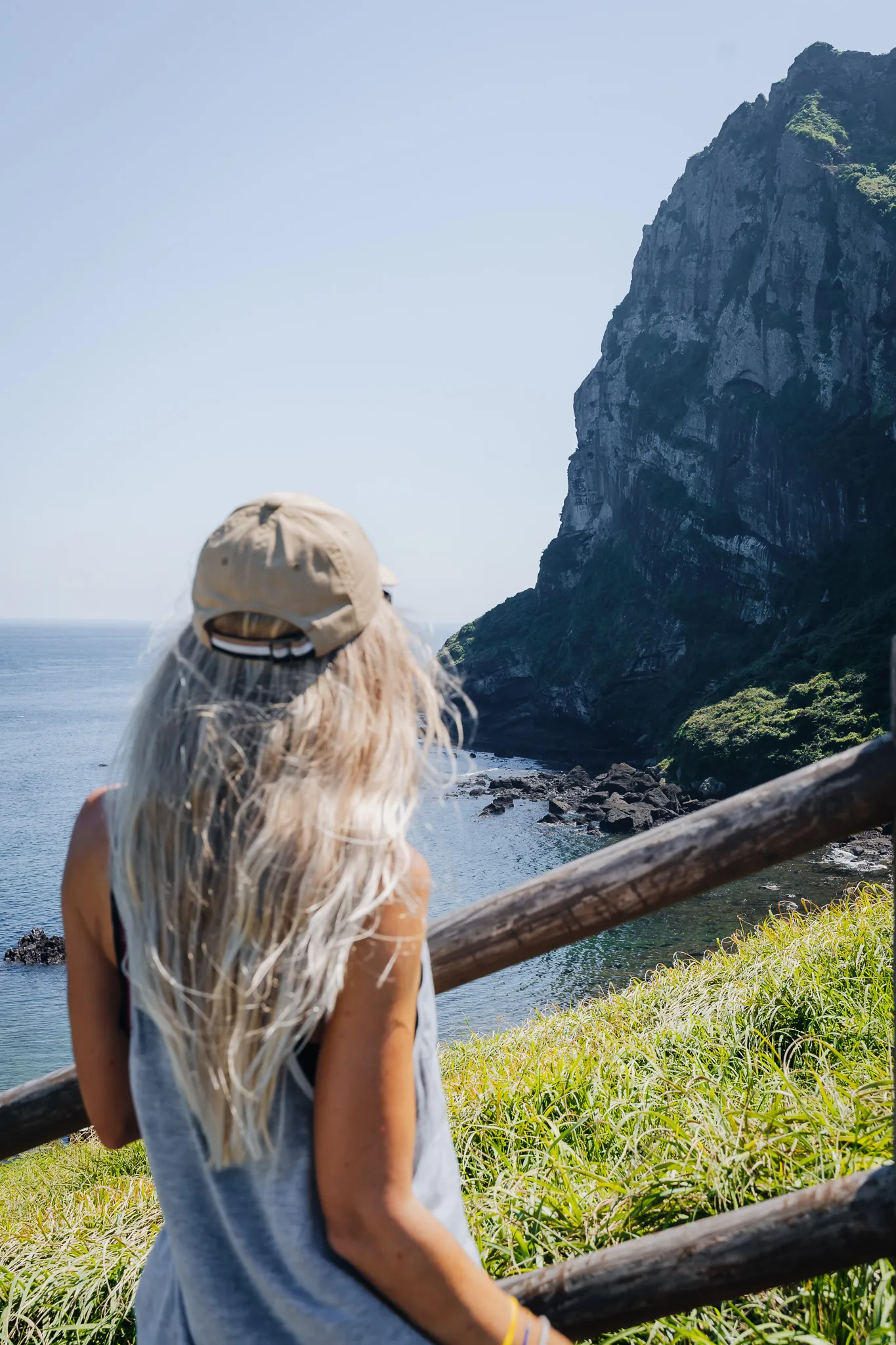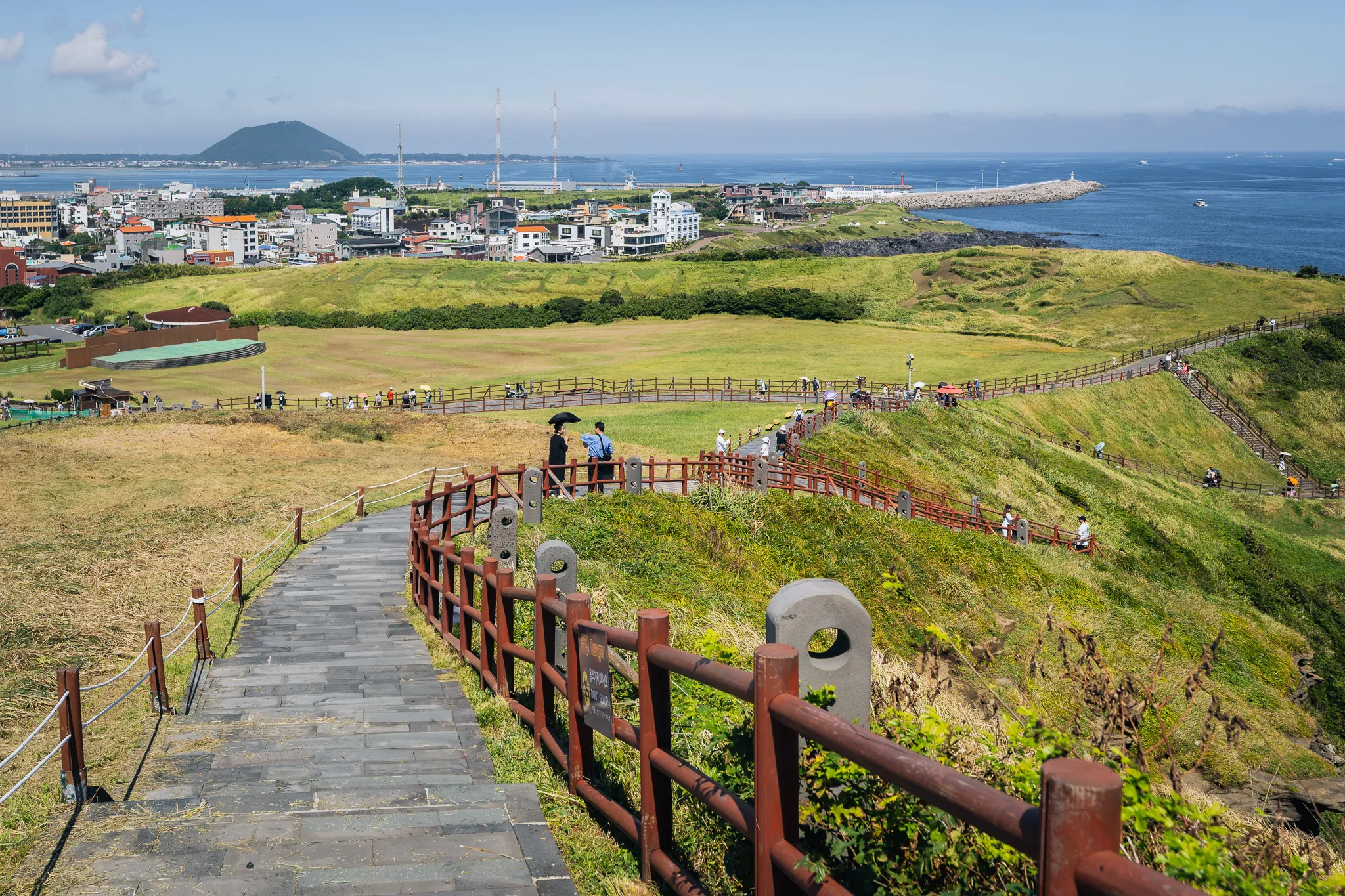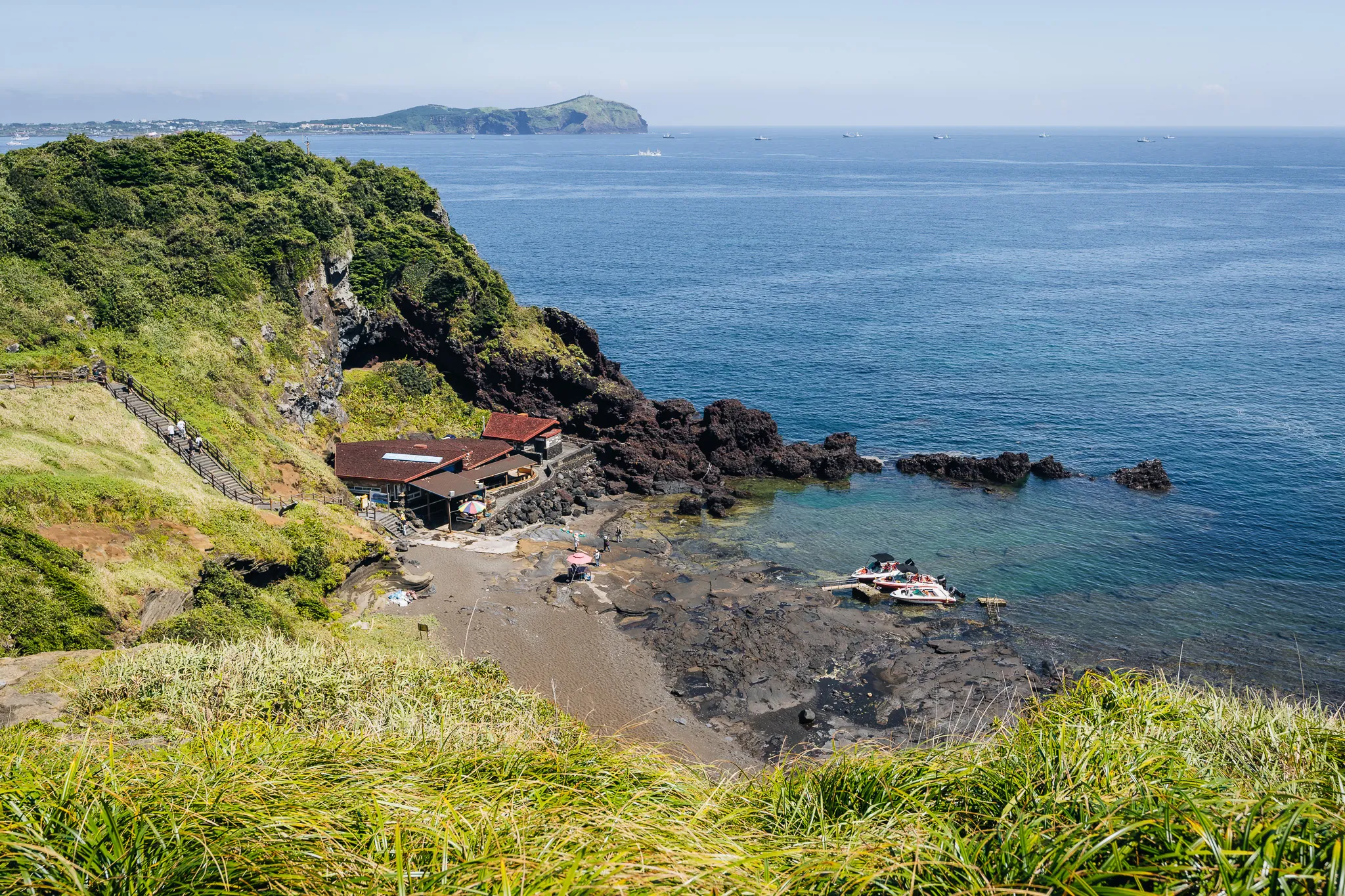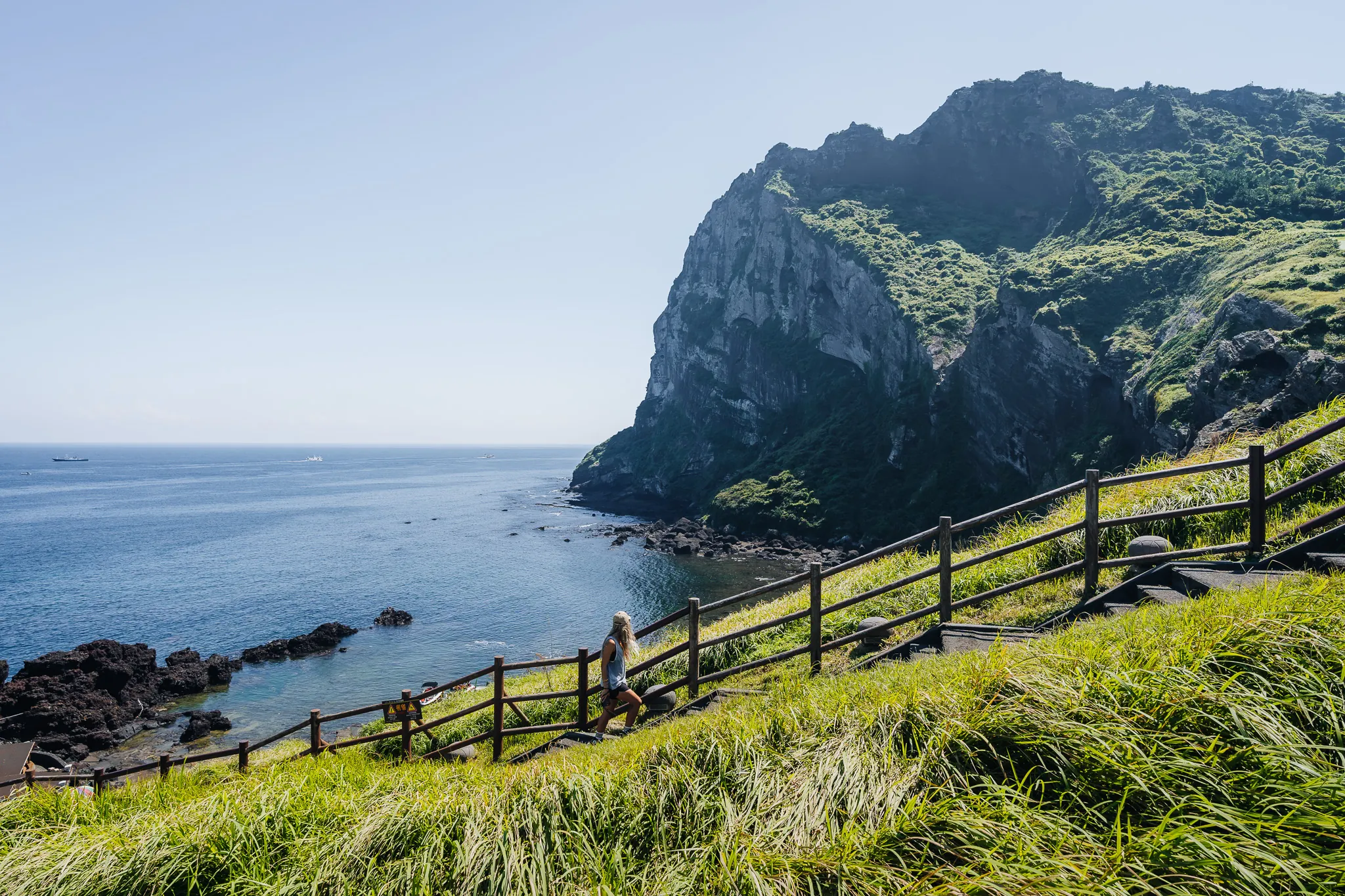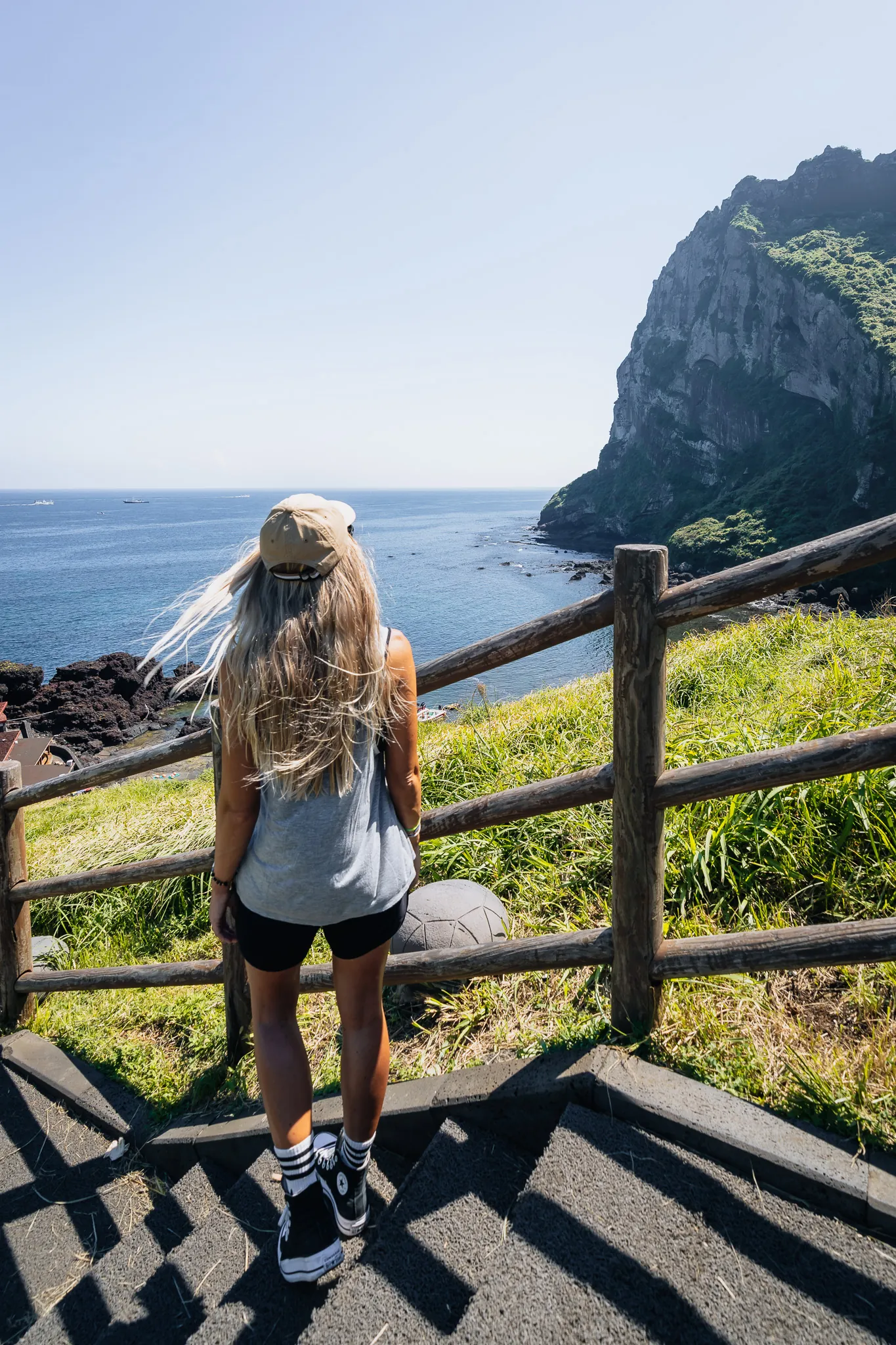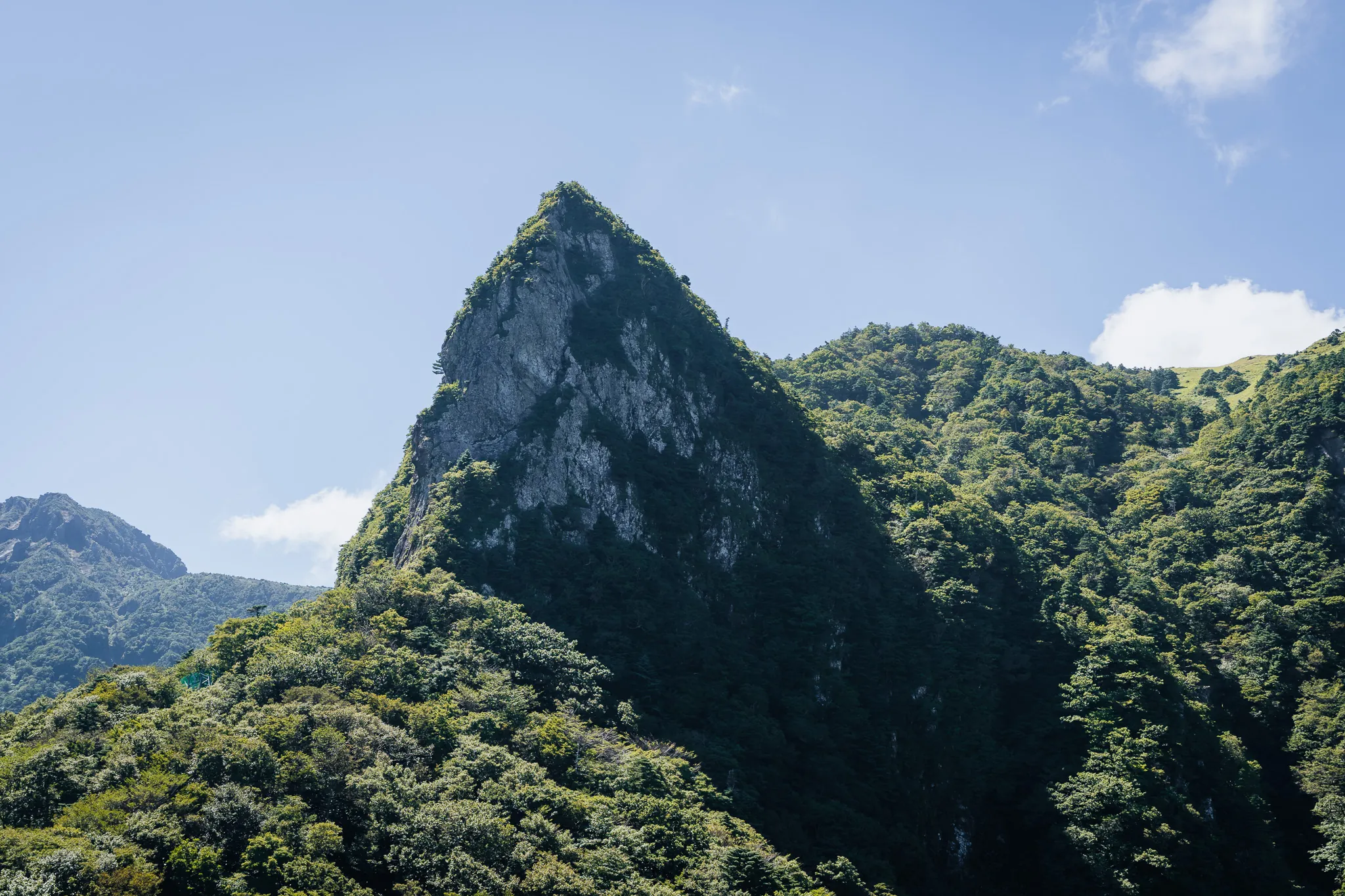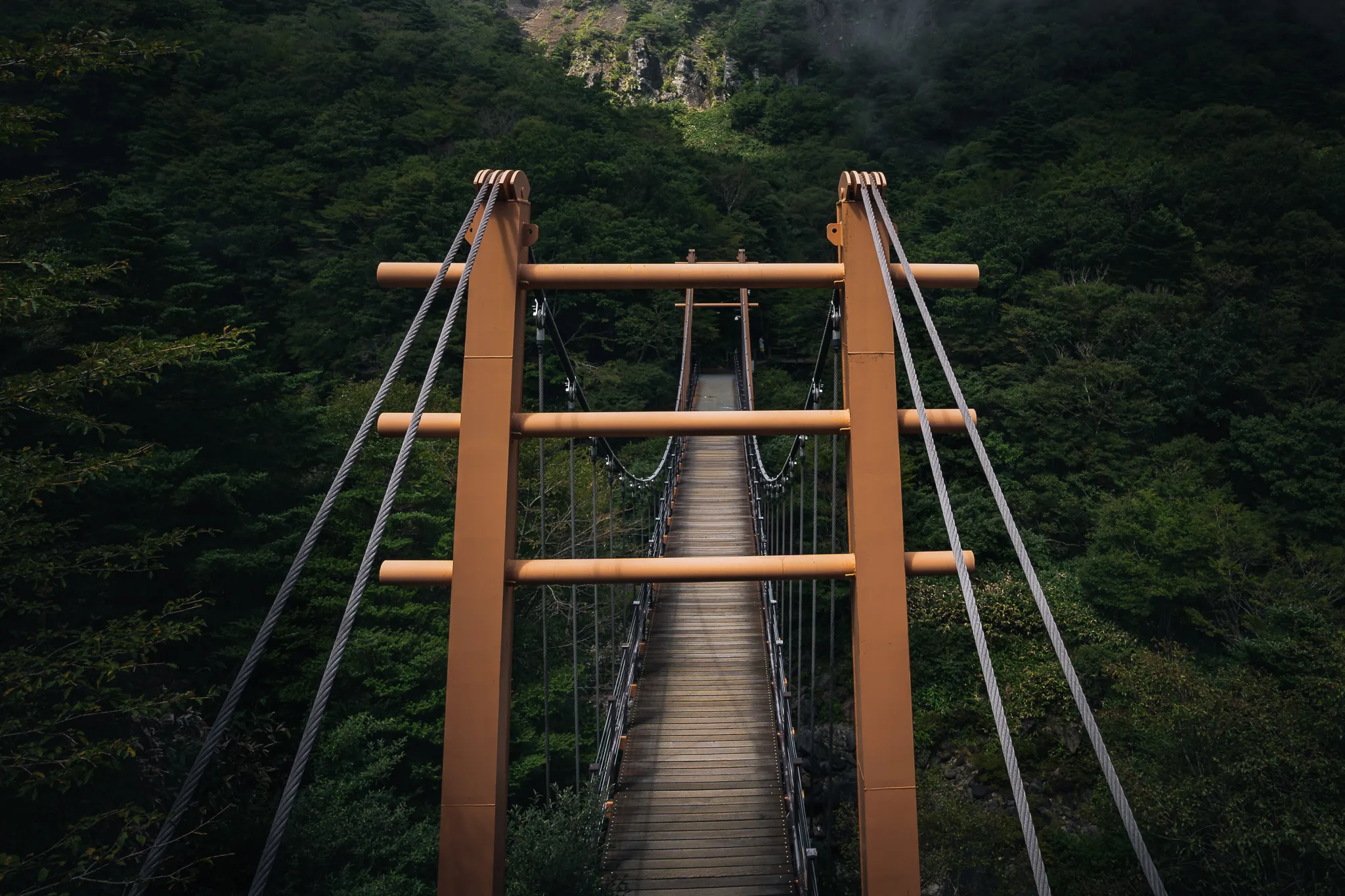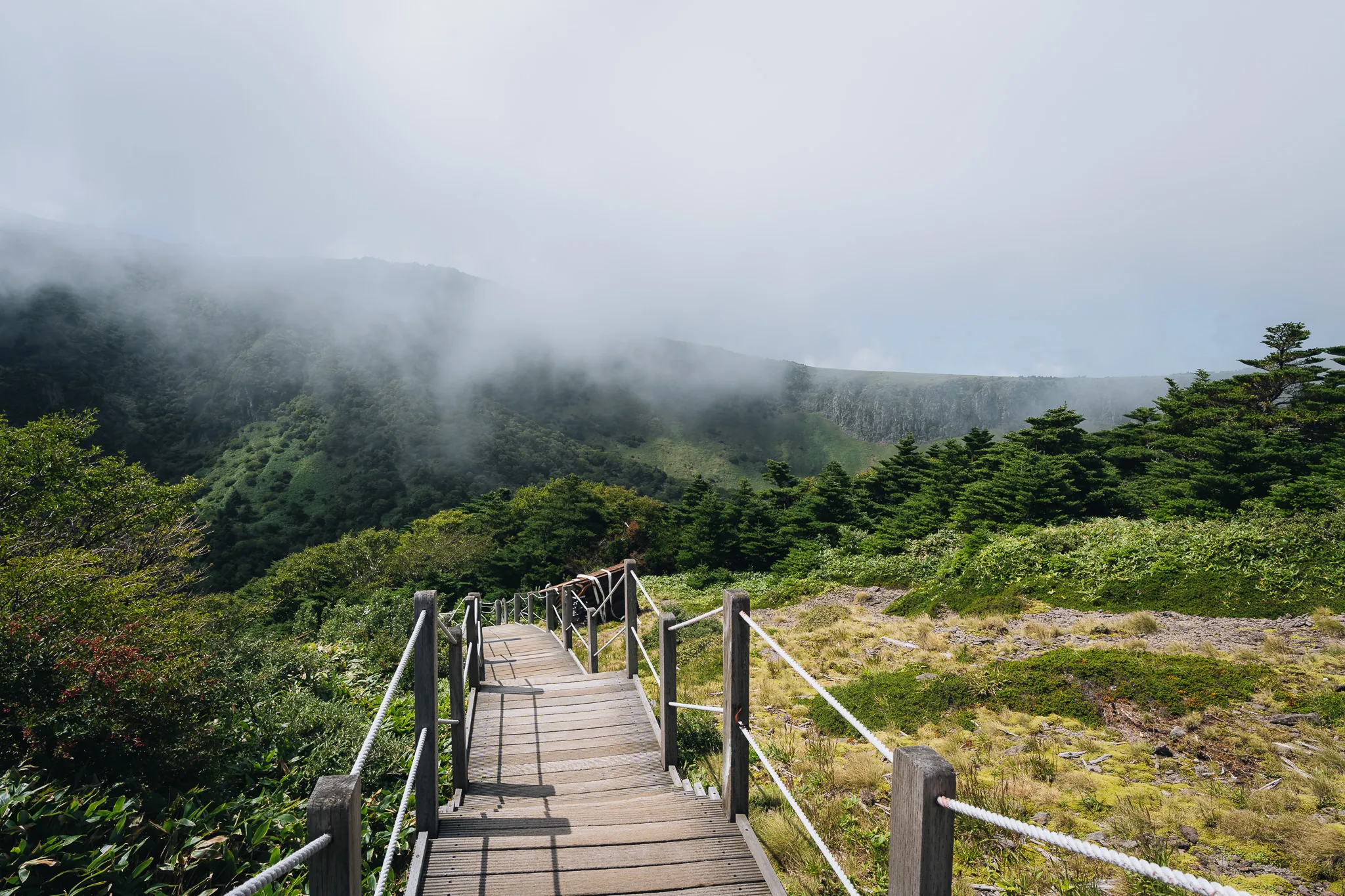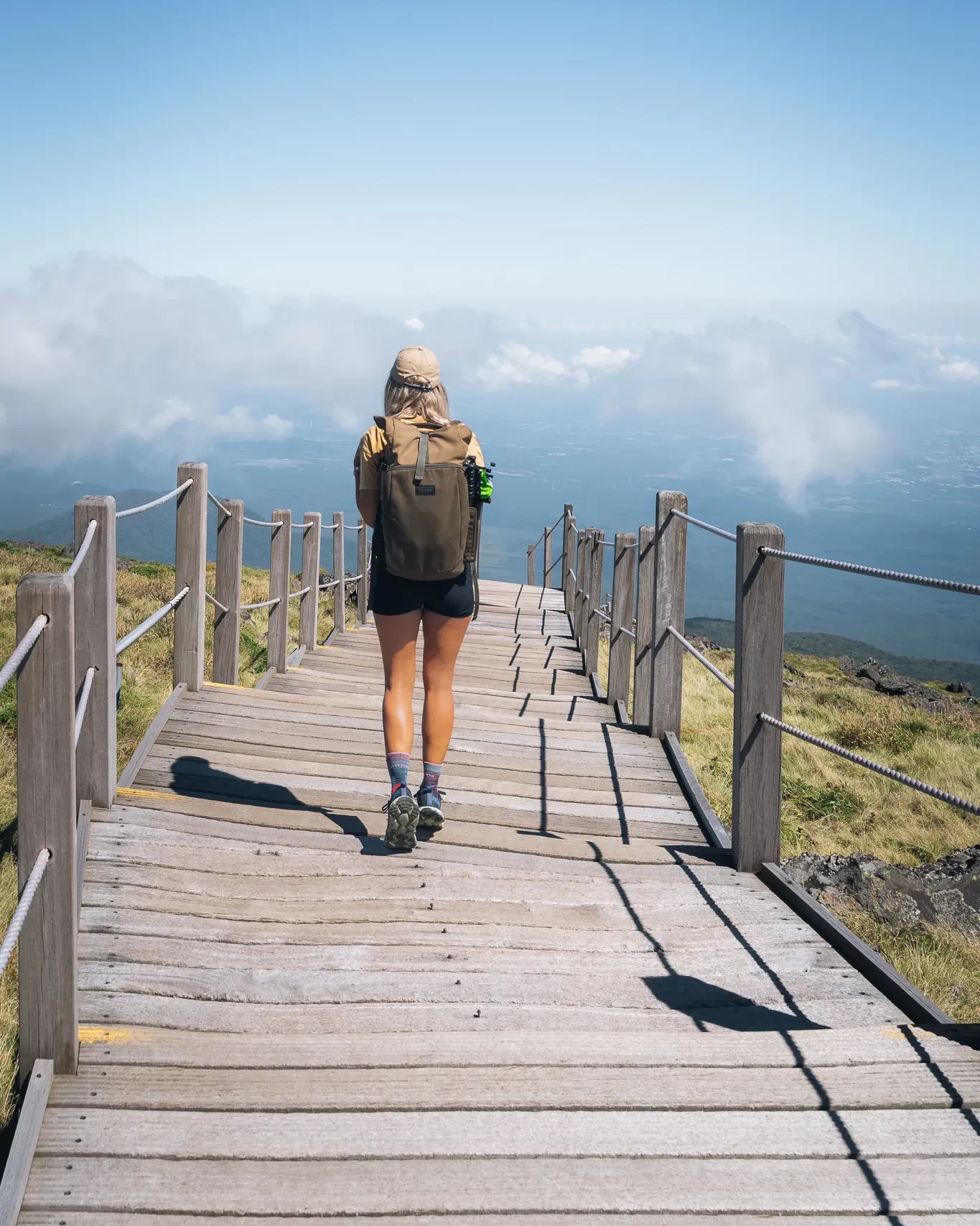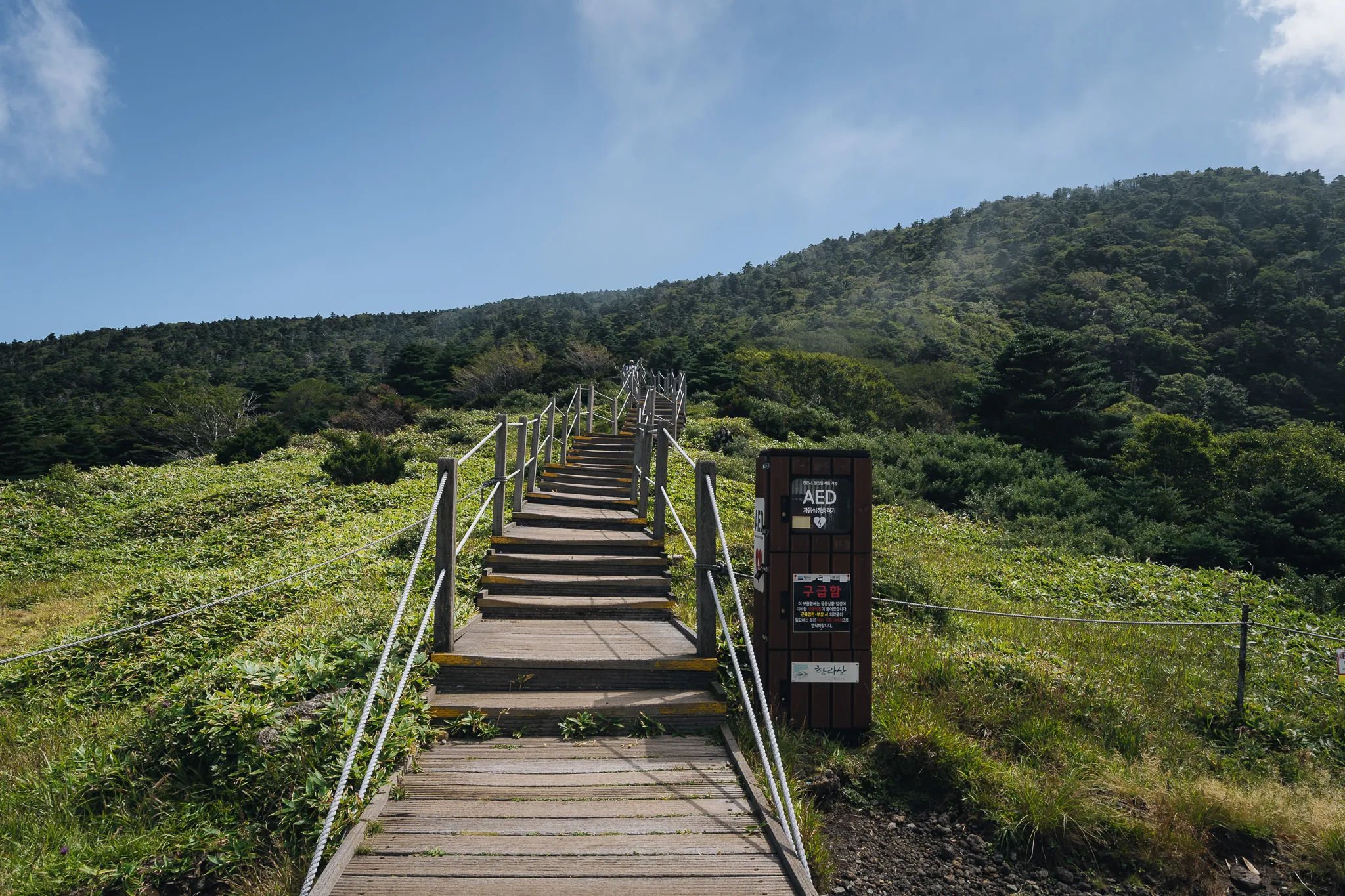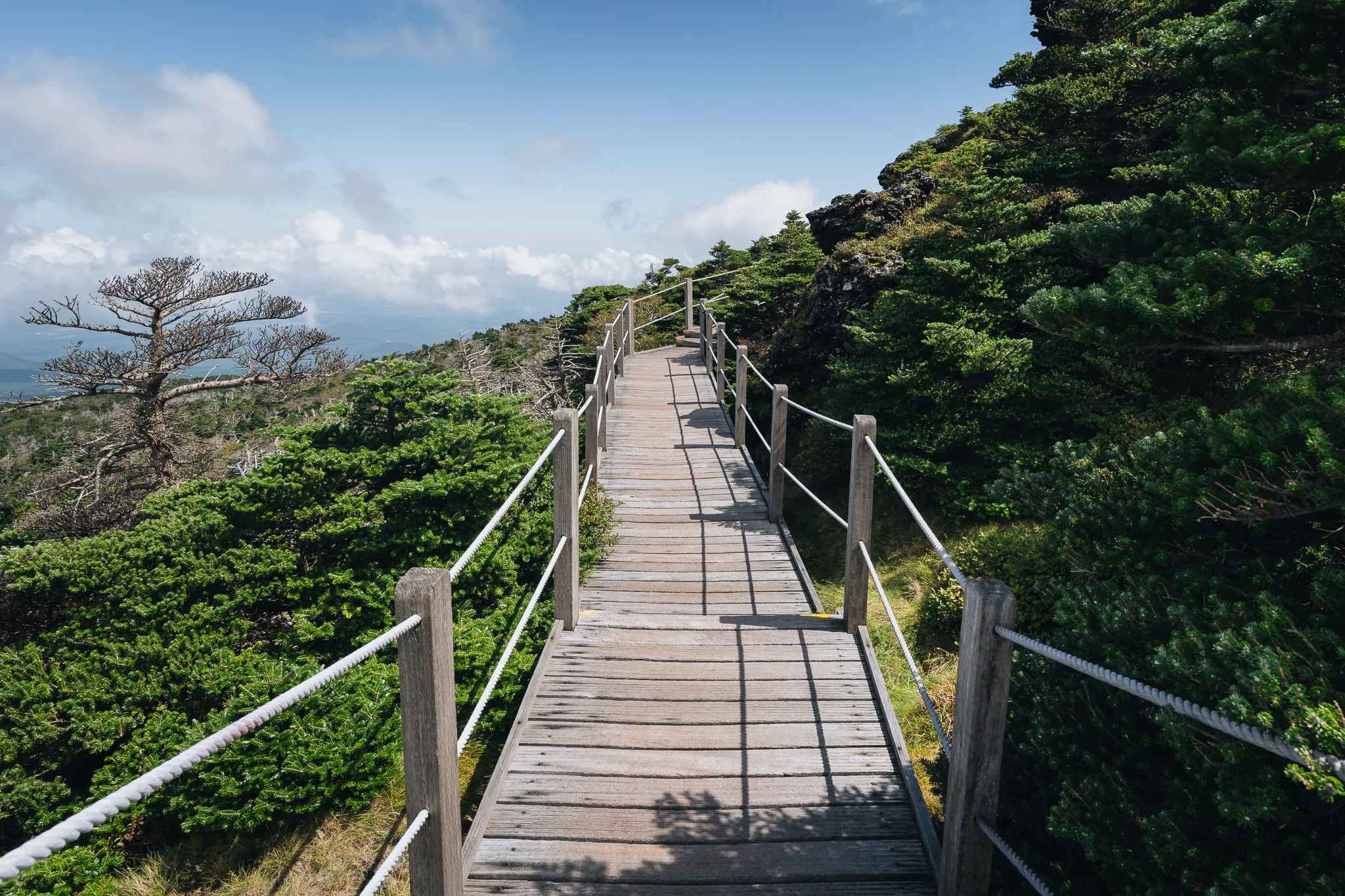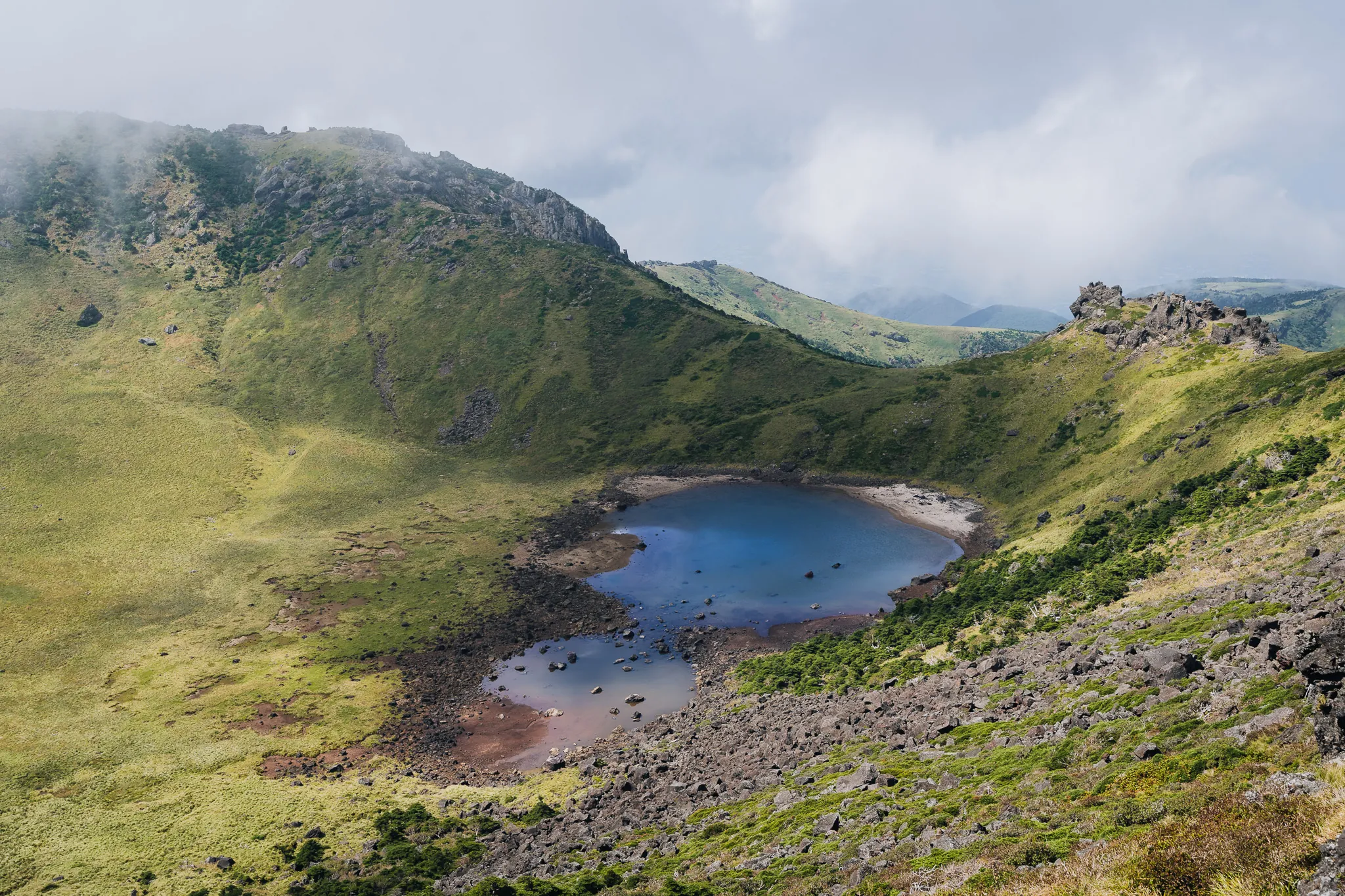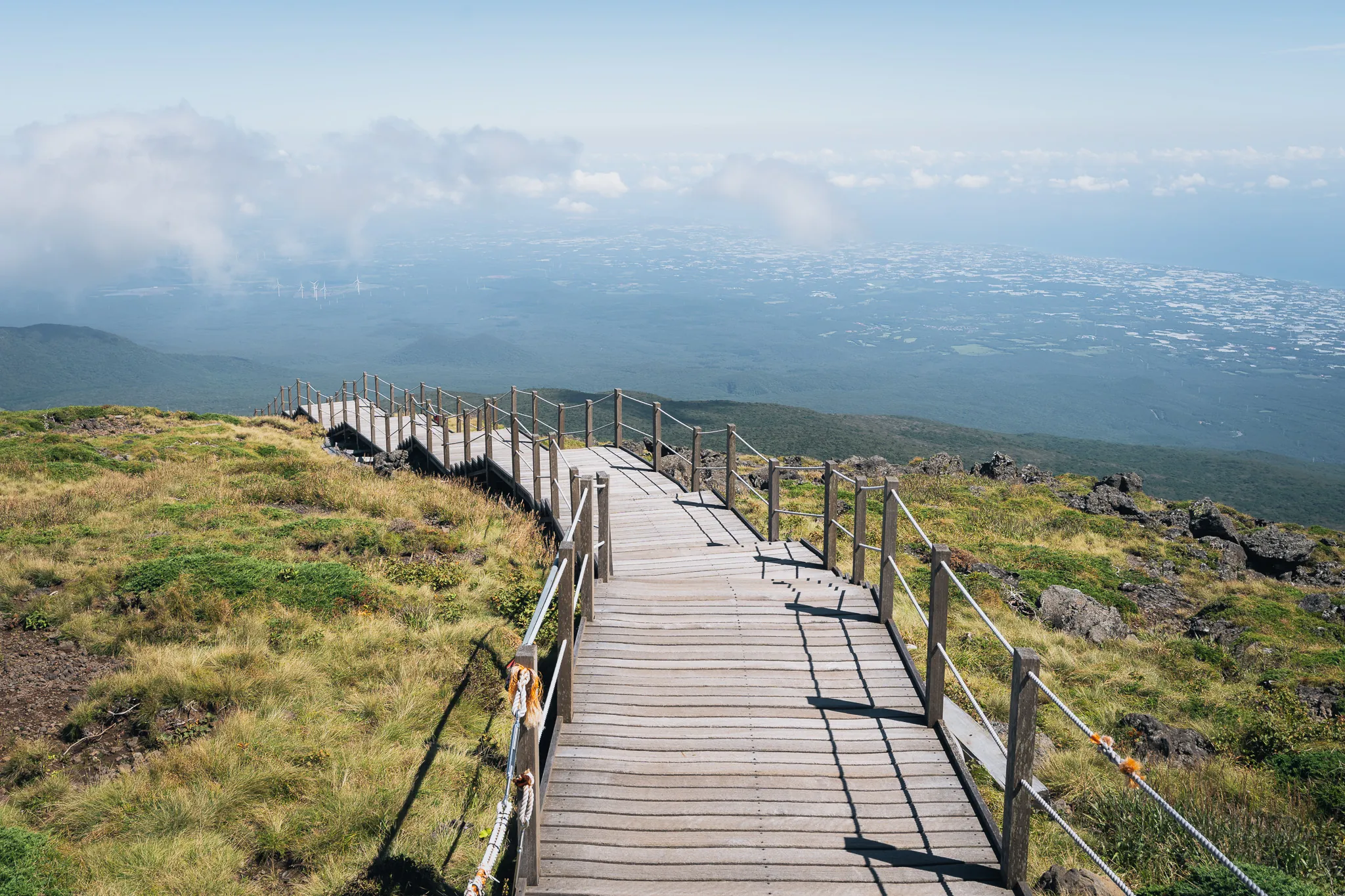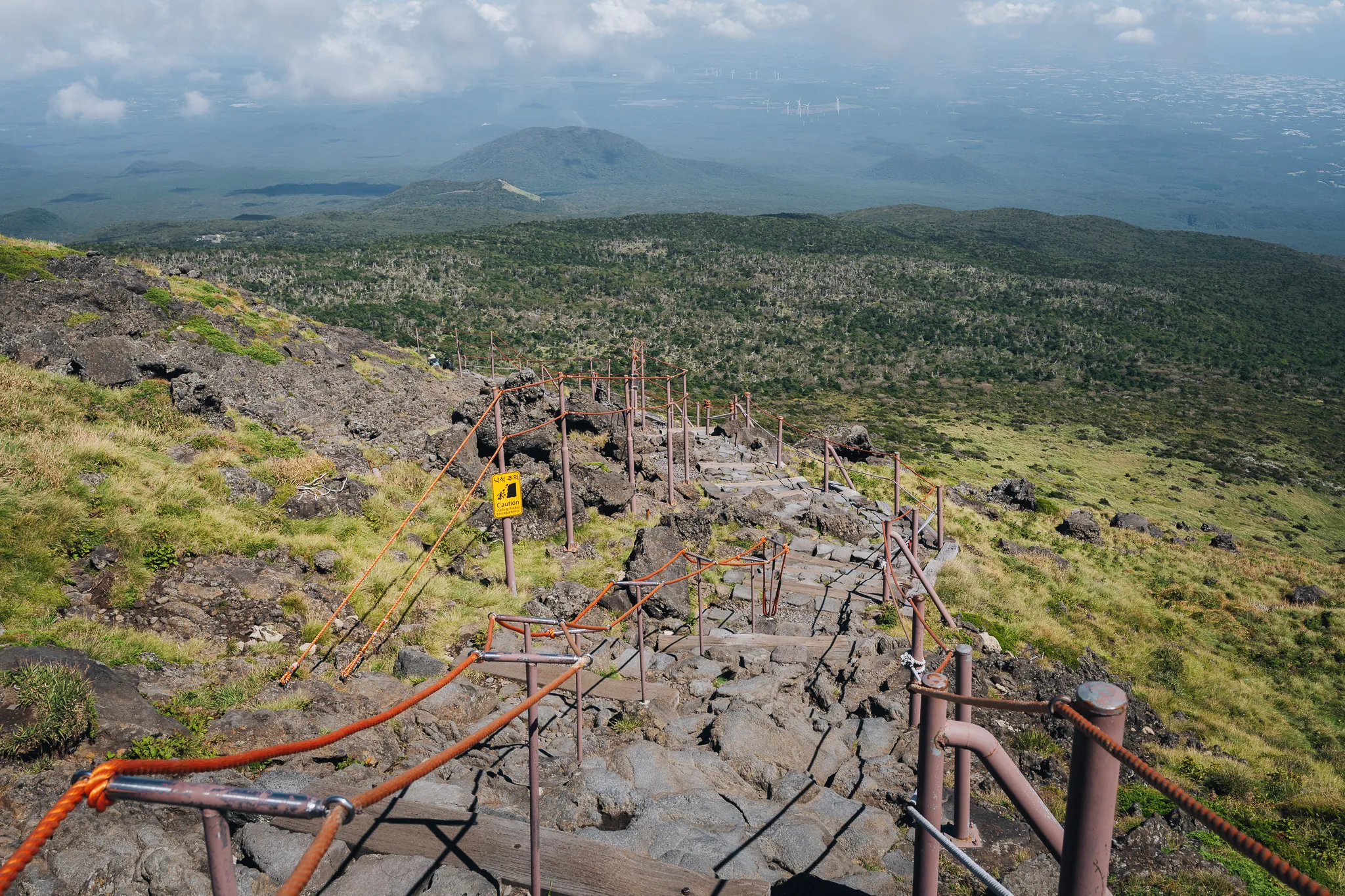Jeju Island without a car? Here’s what you need to know
POV: Already in South Korea, I had checked off Seoul and Busan, so the natural next step? Jeju Island! I had high expectations — stunning coastlines, dramatic hikes, volcanic landscapes. But reality hit fast: the island is huge, public transport is a game of patience, and Google Maps? Useless.
Pro tip: use Kakao Map in South Korea, or prepare for an unintentional adventure
Getting around Jeju: the reality check
Jeju might seem like a small island, but don’t be fooled — it’s massive. Getting around without a car means embracing long waits and unpredictable schedules.
- Public buses: They exist, but they’re slow, infrequent, and will have you standing at bus stops contemplating your life choices. Always check Kakao Map for real-time updates.
- Taxis: A good alternative if you’re short on time, but they aren’t the cheapest.
- Renting a car: The dream option — freedom to explore at your own pace. Sadly, no international driving permit meant this wasn’t an option for me.
- Scooters & bikes: Cool in theory, but between Jeju’s unpredictable weather and long distances, this isn’t the most practical choice.
So, I stuck with buses and made it work. Barely.
Seongsan Ilchulbong: the sunrise I didn’t see
Seongsan Ilchulbong, also known as Sunrise Peak, is famous for its breathtaking sunrise. Naturally, I planned to witness this magical moment. But reality? Bus schedules had other plans. By the time I got there, it was midday, the sun was blazing, and the humidity felt like nature’s way of roasting me alive.
After waiting over an hour for the bus, I made an executive decision: coffee first. There’s a lovely café near the trail with a stunning ocean view, and I took my sweet time enjoying it. If I was going to sweat my way up a volcanic crater, at least I’d be caffeinated.
The climb itself was steep but rewarding. At the top? Absolutely surreal views. The deep blue ocean stretched endlessly, the crater was lush and green, and despite missing the sunrise, it still felt like a scene from a postcard.
Would I have preferred sunrise? Definitely. But I still got an amazing view, and the midday light really brought out the vibrant blues of the ocean. If you can’t make it for sunrise, don’t let that stop you — the views are still spectacular.
Hallasan: more of a walk, less of a hike
Next on my list was Hallasan, South Korea’s highest mountain. It sounds like a beast of a hike, right? Spoiler alert: It’s mostly just a really long walk.
The humidity was relentless, and within an hour, I looked like I had showered in my own sweat. The trail itself was scenic, but when I finally reached the top… it was packed. Finding a peaceful moment? Impossible. And the crater lake? Drained. No dreamy reflection shots, just a dry basin of disappointment. But as an activity, it was still a good experience.
Would I do it again? Yes, but with lower photography expectations.
Must-visit spots in Jeju Island
Beyond Hallasan and Seongsan Ilchulbong, Jeju is packed with stunning locations:
- Jusangjeolli Cliffs – These volcanic rock formations look like something straight out of a sci-fi movie.
- Jeongbang & Cheonjiyeon Waterfalls – Because no trip is complete without chasing waterfalls.
- Manjanggul Lava Tube – One of the longest lava tunnels in the world, perfect for escaping the heat.
- Udo Island – A smaller, more tranquil island off Jeju with gorgeous beaches and bike-friendly roads.
- Olle Coastal Trails – If you love scenic walks along the coastline, these trails are a must.
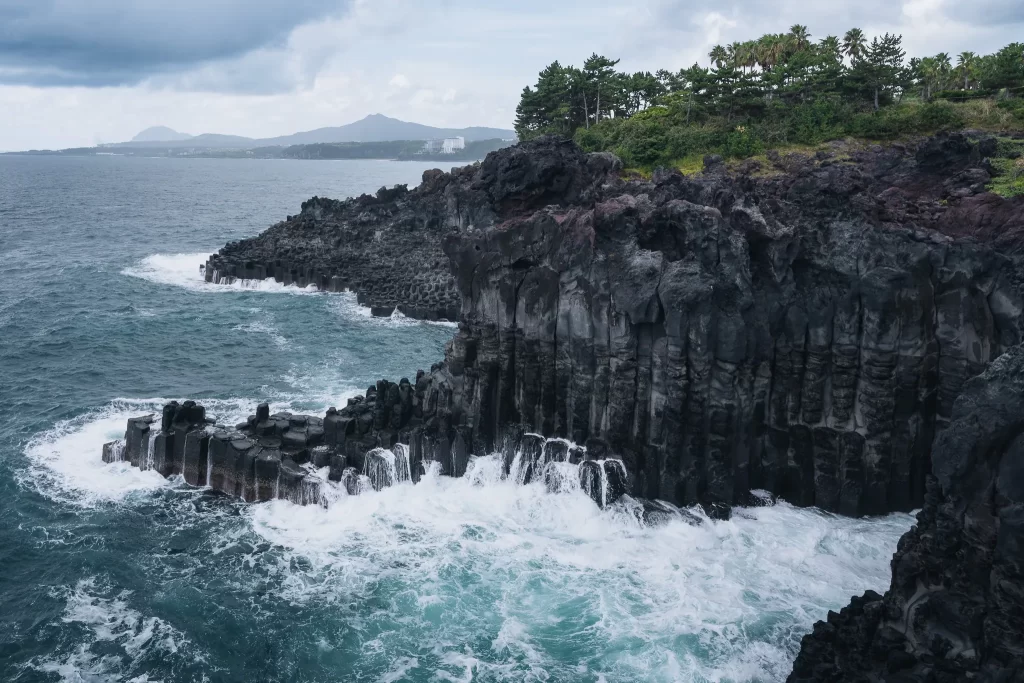
Jeju’s food scene: what to eat
Between hiking and chasing sunsets, food was my motivation. Some absolute must-tries:
- Black pork BBQ (Heuk Dwaeji) – Famous for its rich flavor, best enjoyed at a traditional Jeju BBQ restaurant.
- Fresh seafood – Abalone, hairtail fish, and Jeju-style sashimi are a seafood lover’s dream.
- Jeju mandarins – Sweet, juicy, and found everywhere. Perfect for snacking on the go.
- Scenic cafés – Jeju is home to some of the most picturesque cafés with ocean views—ideal for a coffee break before or after a long trek.
Best time to visit Jeju Island
Jeju’s vibe changes drastically with the seasons:
- Spring (March-May): Perfect for cherry blossoms and mild weather.
- Summer (June-August): Hot, humid, and crowded. Great for beaches, but hiking? Not so much.
- Autumn (September-November): Ideal for outdoor adventures — cooler temperatures and fewer crowds.
- Winter (December-February): Windy and cold, but you might catch snow on Hallasan for a unique experience.
Pro tip: Regardless of the season, expect humidity. Even a casual stroll will leave you feeling like you just ran a marathon.
Coastal trails & chasing the sunset
After conquering Hallasan, most people would head back to their accommodation, shower, and relax. Not me. Instead, I found myself on another bus, racing against the clock to catch the sunset on Jeju’s west coast.
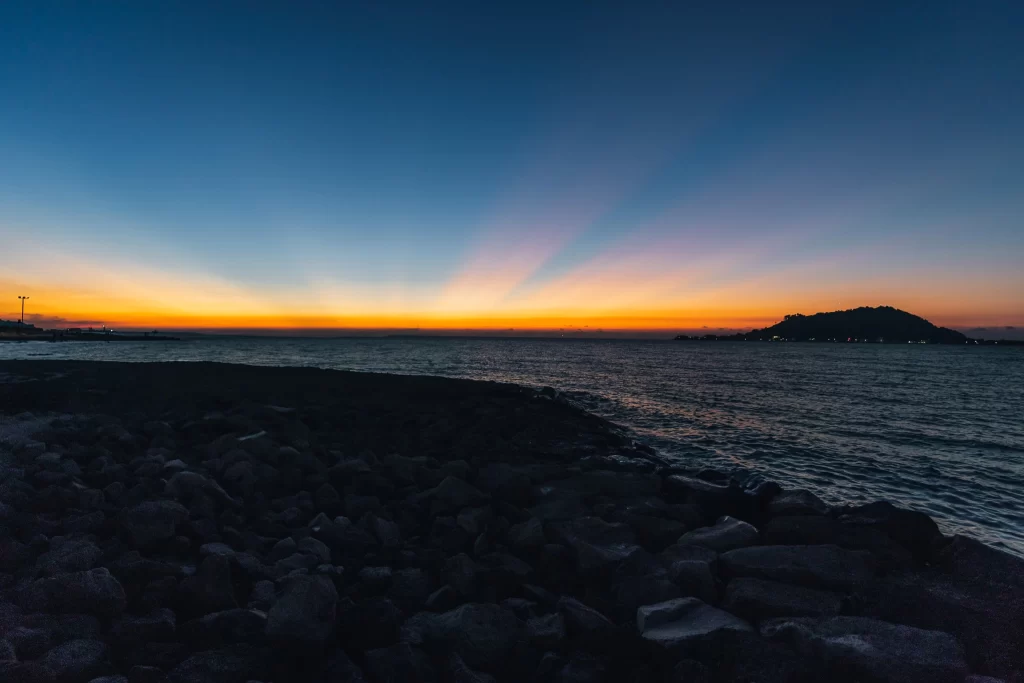
Would I recommend cutting it this close? Probably not. But if you do, don’t stress — the afterglow is just as magical.
I arrived just as the sun dipped below the horizon. Did I technically miss it? Yes. Did it matter? Not at all. The post-sunset glow was even more magical — soft pastels stretching across the sky, the waves reflecting golden hues. It was easily one of the most peaceful moments of my trip.
Final thoughts: is Jeju Island worth it?
100% yes. Jeju has an untamed beauty that makes it unlike anywhere else in South Korea. The mix of volcanic landscapes, scenic coastlines, and lush green trails makes every challenge (and bus delay) worth it.
Would I do anything differently?
- Rent a car – if you have an international driving permit, do yourself a favor and get one.
- Start hikes early – unless you love hiking in peak humidity.
- Plan bus schedules wisely, and maybe don’t risk catching the last one.
- Stay near a bus station – if you’re relying on public transport.
- Expect surprises – not everything will go as planned, but sometimes the best experiences come from the unexpected.
Even with the surprises, missed sunrises, and humid hikes, Jeju was an adventure I wouldn’t trade for anything. If you’re thinking about going — do it. Just maybe check the bus times first.








